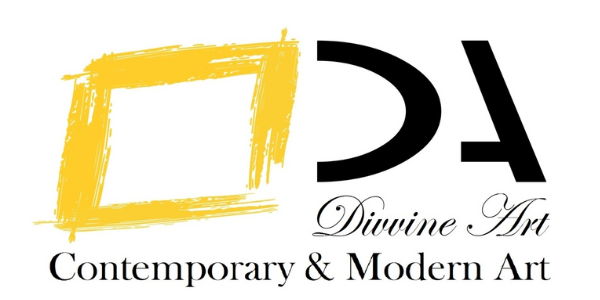Satish Gujral
Satish Gujral was an internationally acclaimed artist, muralist, sculptor, architect and writer. In his quest for a unique Indian artistic identity, free of European influences, Gujral came to be known as one of the pioneers of modernism in post-Independent India.
He was born in Jhelum, Punjab, in 1925, where he spent his early years drawing and reading Urdu literature prompted by a hearing disability. In 1939, Gujral joined the Mayo School of Art in Lahore. Soon after, in 1944, he joined the JJ School of Art in Bombay where he met the members of the Progressive Artists Group (PAG), which included founders F N Souza, S H Raza and M F Husain. However, Gujral rejected the PAG’s brand of modernism, which was inspired by European sensibilities and techniques, and instead searched for a traditional identity.
In 1952, Gujral received a scholarship to study at the Palacio de Bellas Artes in Mexico City, where he served as an apprentice to renowned artists Diego Rivera and David Alfaro Siqueiros, who were pioneers of the muralist movement at the time. Inspired by them, Gujral similarly explored painting large fresco murals himself, and was frequently commissioned to paint them in India and abroad.
In the decades that followed, Gujral had exhibitions all around the world and won numerous national and international awards. He was a three-time National Award Winner for painting and sculpture, and the recipient of the Padma Vibhushan in 1999 – the second highest civilian award in India. The Belgian government conferred upon him the ‘Order of the Crown’ for designing the Belgian Embassy in New Delhi – a building that was selected to be among 1000 outstanding buildings of the 20th century by an international jury.
The artist passed away on 26 March 2020.

